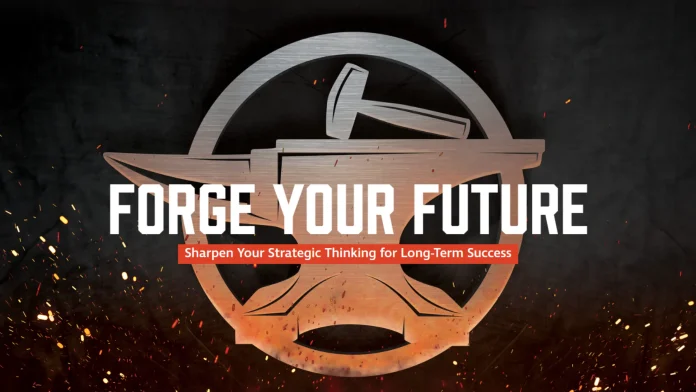When you look around the workplace, have you ever wondered why some people always seem to be reactive, while others are more proactive? When you think about your team’s business/account planning process, does it inspire new insights and new initiatives, or is it just a repackaging of last year’s strategy? Either way, your answer is a result of habit.
A habit is defined as “a pattern of behavior acquired through frequent repetition; a learned pattern of behavior that is almost or completely unconscious.” Depending on the behavior, a habit can be positive (e.g., exercising every morning) or negative (e.g., uncontrolled gambling). The goal is to develop positive habits and turn negative habits into positive ones. Anyone who has tried to break a bad habit knows that it’s easier said than done.
MIT researchers reveal the science behind habits. Habits are made up of three parts:
1. Prompt (trigger)
2. Daily life (behavior)
3. Rewards (results)
This neural loop is at the heart of our habits, both good and bad. The cue for a positive habit like morning exercise might be your dog licking your hand to wake you up at 6am. The routine is a jog along the lake, and the reward is an ice-cold chocolate protein shake. A cue to harmful habits such as uncontrolled gambling may be boredom. The routine is to go to a casino and play slot machines, where the reward is the excitement (or lack thereof) that comes from winning or almost winning. All habits follow this line of cues, routines, and rewards. We can use this habit model to improve our strategic approach by developing good habits and eliminating negative ones.
An almost universal business habit that can be enhanced in many situations is strategic planning. For many organizations, the clue to this behavior is the calendar. As the calendar moves into October or November, it triggers strategic planning routines or behaviors. Experienced or cynical managers might describe a routine as filling out a bunch of templates and then creating a giant PowerPoint slide. The reward is a sense of accomplishment or relief, and a tangible plan.
Typical strategic planning habits
However, with just a few tweaks, the strategic planning process can become more efficient and relevant. The first adjustment keeps the same prompt (calendar), but instead of triggering annually, it triggers monthly. Monthly prompts trigger a new routine that includes a half-day strategic thinking session to build new insights and review existing goals, objectives, strategies, tactics, and metrics and make appropriate modifications. The result is a highly relevant, real-time strategic action plan that drives people’s day-to-day activities and instills greater confidence in strategic direction.
Changing strategic planning habits
Here are 5 questions to ask to improve your team’s strategic habits:
1. What strategic habit would you most like to change for your team?
2. What are the tips, routines and rewards?
3. What new habits can you use to change this habit?
4. What changes in resource allocation are needed to create this habit?
5. What cultural or organizational changes are needed to ensure this habit persists?
They say habits are hard to break, so develop some good ones.




